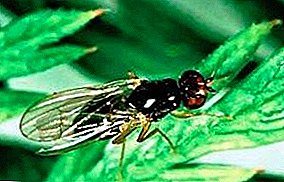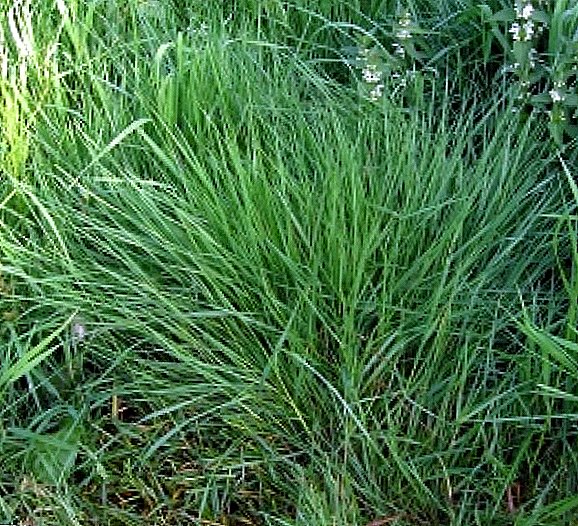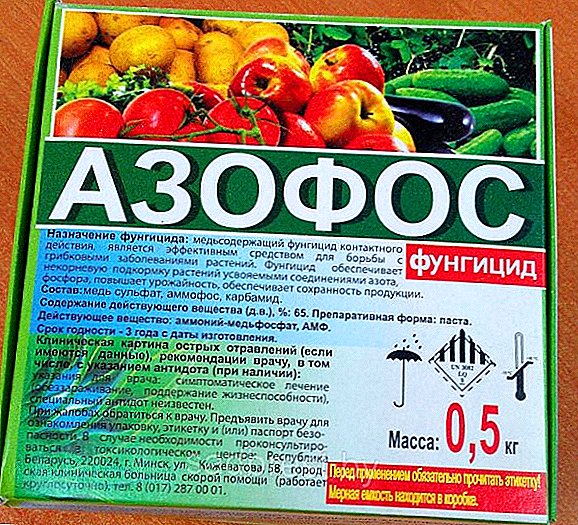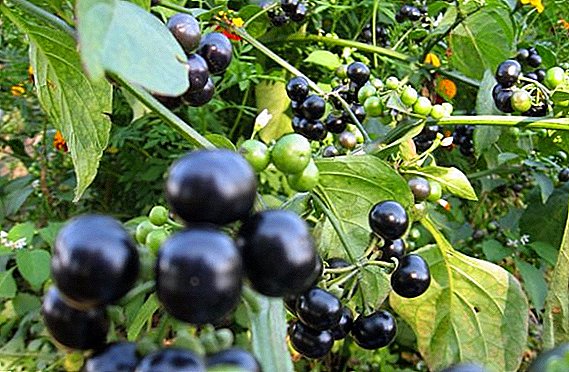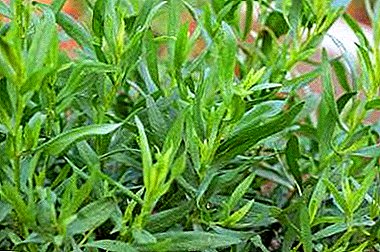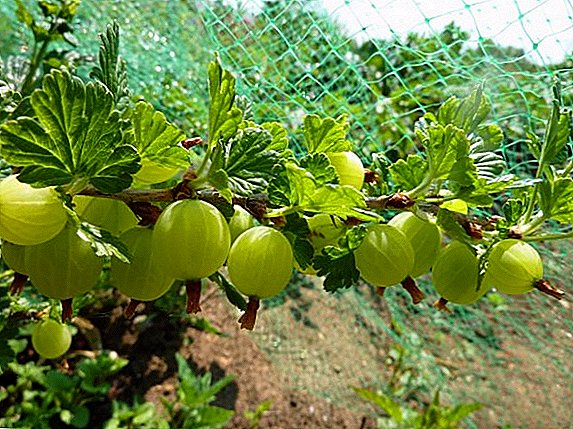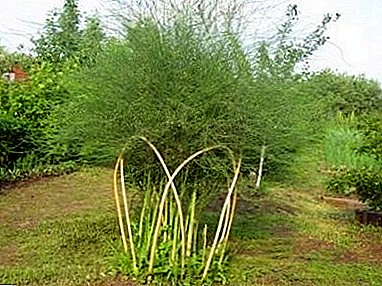
Asparagus is usually referred to the asparagus family.
This plant resembles a cloud of tender greenery that will effectively fit into any interior.
Growing asparagus can not be called a complex process, but it has some peculiarities that should be read in advance.
Growing asparagus at home
Training
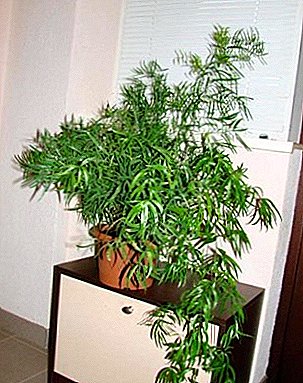 The most favorable time for planting asparagus seeds is spring. Before sowing, it is recommended to hold the seeds in warm water from the filter for two days.
The most favorable time for planting asparagus seeds is spring. Before sowing, it is recommended to hold the seeds in warm water from the filter for two days.
Prepare in advance the box or container in which you plan to plant the seeds, and fill it with earth.
You can buy a universal soil for indoor plants in any flower shop, and you can make a soil mixture yourself.
To do this, you will need to mix the sifted turf land with river sand and vegetable humus. Moisten the soil well, and then place asparagus seeds in it.
Landing
Seeds should be placed at a distance of three centimeters from each other, tamped into the ground and sprinkle with a small amount of sand or earth, then cover with glass or plastic bag.
You can put the container with the seeds on the window, but the seeds of asparagus will remarkably ascend in the dark.
ATTENTION! Provide sufficient air for the soil, otherwise it can sour!
Remember to keep the air temperature at eighteen degrees. The ground in which the seeds are located should be periodically sprayed with water to keep it moist.
Sprouts usually appear two to three weeks after planting the seeds. When their height reaches ten centimeters, you can plant them in separate pots with good drainage at the bottom.
The necessary conditions
The pot should be placed in the penumbra, as direct sunlight can cause burns to the plant.
In summer, asparagus should be maintained at a temperature of between twenty and twenty-four degrees Celsius, and in winter between fifteen and eighteen degrees.
In the summer they require abundant watering, but it should not be allowed to stagnate water so that the plant does not start to rot. In winter, watering should be reduced, but do not forget about regular spraying of asparagus.
In addition to ensuring an optimal temperature and humidity regime, one should not neglect regular plant fertilizing, containing nitrogen and iron.
In the open ground
Cooking seeds
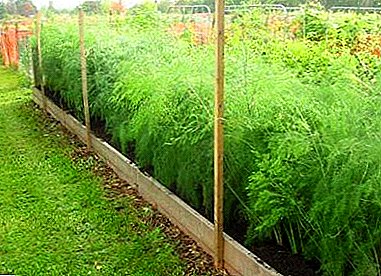 If you decide to grow asparagus in your summer cottage, you can sow the seeds immediately after the snow melts.
If you decide to grow asparagus in your summer cottage, you can sow the seeds immediately after the snow melts.
It is also possible to start sowing them in the apartment, and then plant them on the garden bed. When sowing seeds directly on a bed, it is recommended to germinate previously.
To do this, you will need a damp cloth, on one piece of which you need to spread the seeds, and with another piece cover them from above.
If you constantly maintain the moisture content of the tissue, the seeds will germinate in a week.
Seedling
Sprouted seeds in late May must be planted in a hotbed, where they will be until next spring. It is necessary to deepen the seeds into the ground by two centimeters, and the distance between them should be at least ten centimeters.
TIP: To protect the seeds from unexpected night frosts, cover the nursery with agrospan or lutrasil stretched over the arcs.
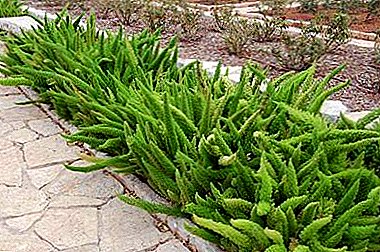 Do not forget to water the seedlings regularly and loosen the soil in the hotbed.
Do not forget to water the seedlings regularly and loosen the soil in the hotbed.
Twenty days after the emergence of sprouts, it is recommended to feed the fermented extract of mullein, which must be diluted in water in a ratio of 1: 6-8.
After another twenty days, fertilizing is usually carried out with complex fertilizer.
Before the onset of winter, it is recommended that the earth be ground with rotted manure, peat or compost. This will save the plants from death.
Landing in the ground
Planted asparagus on the bed can be in one or two rows. For planting in one row, it is necessary to allocate a plot one meter wide, and the width of the plot for planting asparagus in two rows must be at least one hundred seventy centimeters.
The length of the plot will depend on the amount of asparagus that you plan to plant. Plants should be located at a distance of forty centimeters from each other, and the distance between the rows should be about seventy centimeters.
 Preparing the soil for planting asparagus should be done in the fall.
Preparing the soil for planting asparagus should be done in the fall.
Enrich the land with phosphate-potassium fertilizers, add manure to it and dig it.
If the soil is characterized by increased acidity, add lime or chalk.
Landing on a bed begins with digging one or two trenches forty inches deep and thirty-five centimeters wide.
Fill the trench with a layer of compost twenty-five centimeters thick. Make a few earthen mounds on which you will have a root system.
ATTENTION! For digging asparagus from the breeding ground should be used forks, so as not to harm its roots. Saplings with fibrous roots must be discarded.
Immediately after planting, pour asparagus. Do not forget to regularly weed the soil on the garden bed, feed it with fertilizer, water it and loosen it. With proper care, asparagus will delight you with a harvest in the third year after planting.
Growing asparagus at home or in the open ground from seeds will not be difficult if you follow the tips outlined in the article. Even a beginner gardener can handle it.


